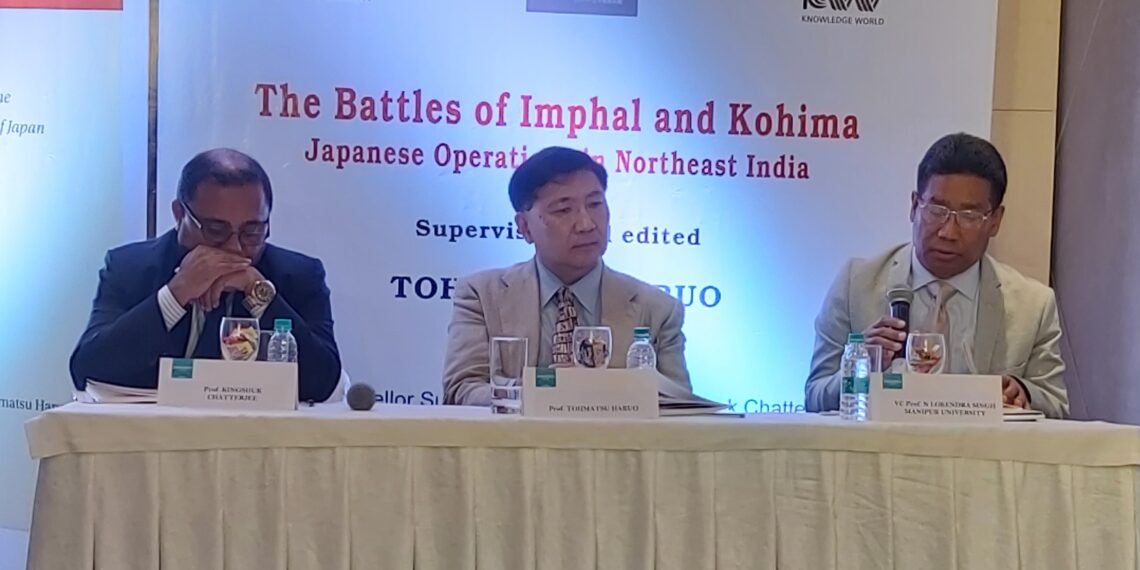Kolkata: A Japanese war historian who has edited a new volume on the Imphal-Kohima battles has come up with fresh perspectives on the campaign that led to one of the bloodiest battle of World War 2.
Tohmatsua Haruo, who teaches at Japan’s National Defense University, has finished editing a fresh compilation “Battles of Imphal and Kohima : Japanese Operations in Northeast India” told this writer that the Japanese-INA failure owed much to “strategic confusion” at the highest levels of Japanese wartime decision making.
The publication, funded by the Sasagawa Peace Foundation, will hit the market soon.
“Japanese leaders were more keen to crush the Kuomintang resistance and take control of China than in pushing into India. That is why they did not press on into Northeast India after having overrun Burma (now Myanmar) with unusual force and with a force much smaller than the British. In 1942, the British were demoralised, India was in ferment of Quit India movement and the Japanese army seemed unstoppable,” Haruo told this writer.
But the Japanese, he said, were more keen to cut off Allied supplies to Chiang Kai Shek from Northeast India through Burma, so that the Kuomintang army could be decisively defeated and much of China controlled.
“It is only after Subhas Chandra Bose reached East Asia and convinced Premier Tojo that India could win its freedom because the INA could trigger large-scale defections of Indian soldiers in British army that Japan decided on the Imphal-Kohima offensive,” Prof Haruo told this writer on the sidelines of an event announcing the publication.
He said the Japanese commanders in Burma also decided to undertake the Imphal-Kohima offensive because they wanted to put an end to the extensive British operations behind Japanese lines ( popularly known as the Chindit operations) that was impeding the Japanese thrust towards Yunnan through North Burma.
Historian N.Lokendro Singh, VC of Manipur University, said the arrival of Subhas Bose in East Asia had much to do with the Japanese decision to undertake the Imphal-Kohima offensive.
“Japanese leaders were so impressed with Bose and his samurai image that they overlooked adverse military logistics factors and decided to go ahead,” Prof Singh said.
He said Northeast India’s first tyrst with globalisation was through this Imphal-Kohima battles and it had a huge social impact in the region.
“Most communities in Manipur supported the INA-Japanese campaign except those influenced by Christian missionaries and V Force,” he said.















